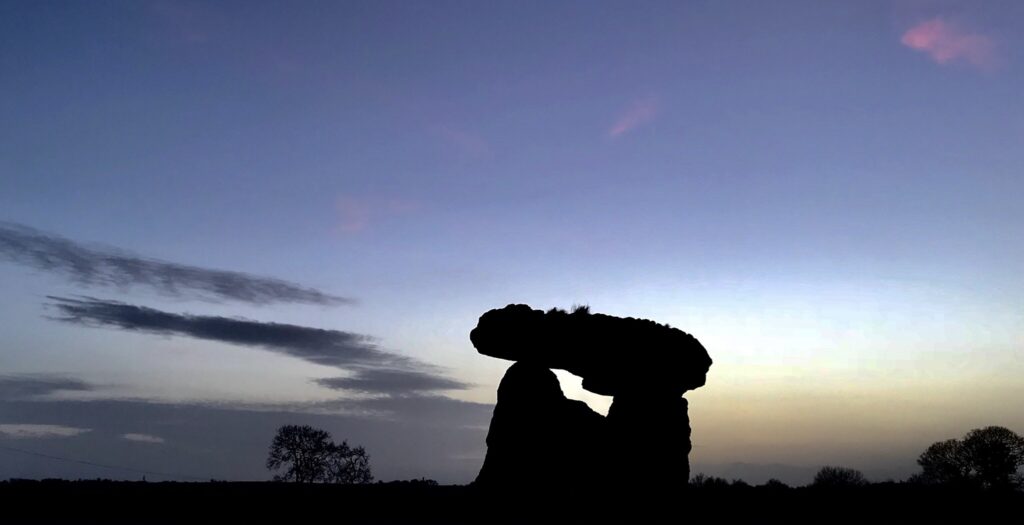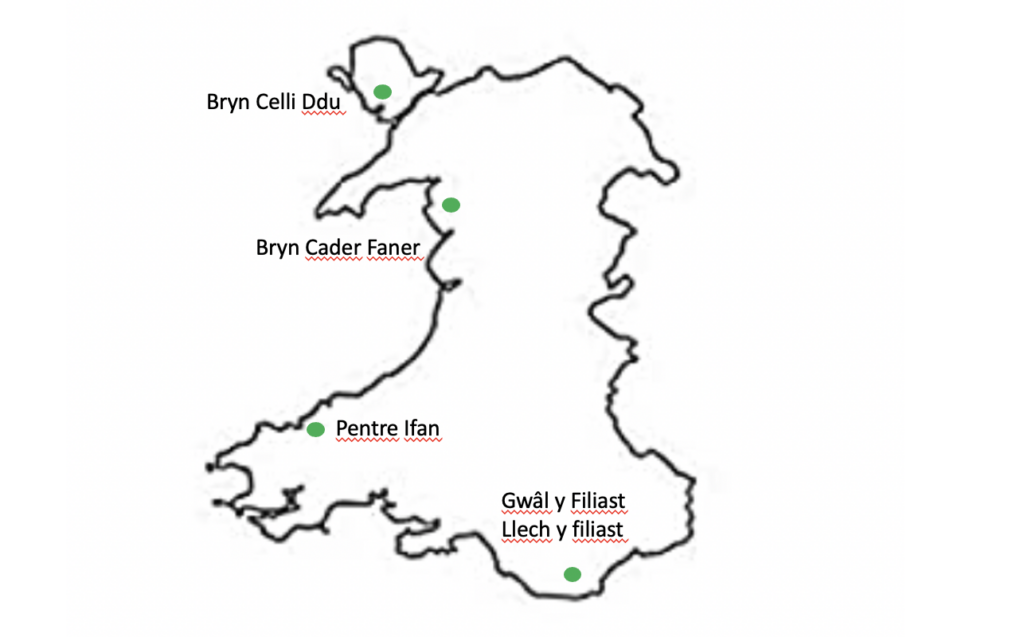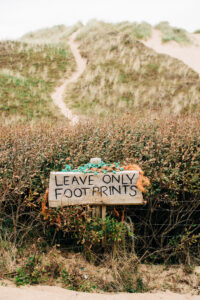Your basket is currently empty!
Best Stone Circles & Cromlech in Wales
It’s easy to believe in magic in Wales and if you want to fall into the delights of your imagination then let it be in a place with an ancient mysterious history. There are over 150 Cromlech in Wales, typically spread over the Western part of the country. Cromlech (singular) or Cromlechi (plural) means dwelling, the same word used throughout the Celtic languages from ‘crom’ meaning bent and ‘llech’ meaning stone. They served as permanent buildings for burial, meeting and ritual. Construction would have been a communal affair with over a hundred people needed. Carbon dating tells us they are the first solid human-made constructions, pre-dating the Pyramids of Egypt by nearly 1500 years.
Open any Ordance Survey map of Wales and you will see gothic script denoting ancient sites that you may never have noticed. They are worth exploring and you are quite likely to have them all to yourself, they really do provide moments of magic. There are so many to discover but at Goodwash we particulary love these 4 sites. Some are accessible others you will have to work to reach your goal.
Bryn Cader Faner

Inaccessible and beautifully remote. We nearly don’t want to share this wild secret deep in Ardudwy but we don’t have thousands of subscribers, so we think we’re safe with you, our intrepid Goodwash tribe. Bryn Cader Faner is a stone circle easily missed if you’re not looking for it, surrounded by the northern flank of the Rhinogau mountain range. You’ll need to navigate your way along 4 miles of rough ground. If you climb into its burial mound and stone circle, tall slabs will engulf you and transport you to a place anywhere between now and 3000BC. We see it as one of the wonders of prehistoric Wales. Penmaen Uchaf provides wonderful accommodation nearby.
Bryn Celli Ddu

An impressive burial chamber on Ynys Môn that, like Newgrange in Ireland, aligns perfectly with the sun. Imagine being deep inside the narrow passage for that magical 20 minutes of each year at summer solstice when the inner chamber lights up. There have been traces of human bones, both burnt and unburnt inside the chamber along with shells, arrowheads, quartz, flint and beads. Does the solstice sunbeam bring warmth to our ancestors buried over 5000 years ago? Nobody really knows but it’s one of numerous prehistoric sites on Ynys Môn in North Wales that’s well worth a visit. It’s fairly accessible from the road, just a short flat walk and if you make it for summer solstice we’d love to see your photos. Just tag us @thegoodwashcompany
Pentre Ifan

Depicted by so many artists, Pentre Ifan is instantly recognisable. This striking painting is by the late John Cleal, a South African born, Welsh settled painter who founded The Workshop Wales Gallery with his wife Lel in the far west of Wales. The painting captures the way the enormous 5 metre capstone balances precariously on three standing stones. These are the same beautiful blue stones that travelled from Preseli to Stonehenge. The view framed by the Pentre Ifan uprights and capstone provides stunning vistas in every direction.
If you want to explore this area of hills, coastline and experience the amazing light that draws in so many artists then stay at Carreg Las, a beautiful house aptly named (it means blue stone) where you can also enjoy Goodwash products
https://www.underthethatch.co.uk/carreg
Gwâl-y-filiast /St Lythans and Llech-y-filiast /Tinkinswood

We love the Welsh name for this ancient site it means the the greyhound bitch’s lair. This is certainly a site to visit at the summer solstice. According to legend, the capstone whirls around 3 times on the eve of the longest day and all the stones go to the nearby river to bathe, in need of a goodwash no doubt!

Just a few fields away from Gwâl-y-Filiast you’ll find another massive capstone at Llech-y-filiast. And we really mean massive, it’s the largest in Britain and possibly Europe at a staggering 7.4 metres in width. It would have needed 200 or so people to lift it into position! It dates back 6000 years and the remains of at least 40 people were discovered during excavation.
If you or your greyhound gets muddy en route to these easily accessible sites, why not call by our siop for a goodwash, it’s only 4 miles from our HQ at Y Barri. We can’t promise to be open on mid summers eve though as we’ll be too busy visiting all these local ancient sites!
If you want to stay nearby we recommend you head to the gorgeous Hide








